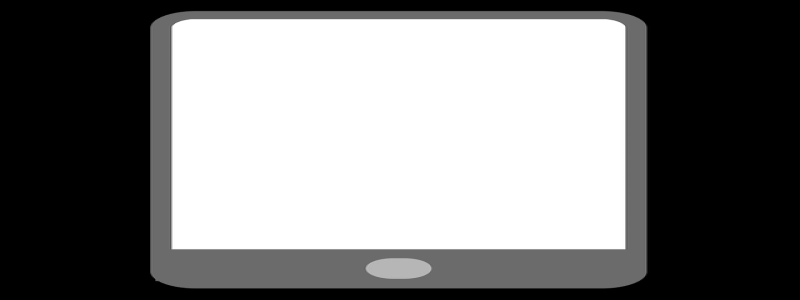SFP vs SFP+ vs QSFP: An In-depth Comparison
소개:
————
In the world of networking, various transceiver modules are used to connect network devices. Three commonly used modules are Small Form-factor Pluggable (SFP), Enhanced Small Form-factor Pluggable (SFP+), and Quad Small Form-factor Pluggable (QSFP). This article aims to compare these three modules in terms of their capabilities, 성능, and applications.
나. SFP (Small Form-factor Pluggable):
—————————————
1. Definition and Features:
– SFP is a compact and hot-swappable transceiver module.
– It supports data rates of up to 4 Gbps.
– SFP modules are available for gigabit Ethernet, Fiber Channel, and other communications standards.
2. Limitations:
– Limited data rate compared to SFP+ and QSFP.
– Single-channel interface.
3. Applications:
– SFP modules are commonly used in scenarios that require low to moderate data rates, such as traditional LAN connections and fiber connections over relatively short distances.
II. SFP+ (Enhanced Small Form-factor Pluggable):
————————————————
1. Definition and Features:
– SFP+ is an enhanced version of SFP.
– It supports data rates of up to 16 Gbps.
– SFP+ modules are backward compatible with SFP slots.
2. Advantages:
– Higher data rate compared to SFP.
– Same form factor as SFP, allowing easy replacement or upgrade.
3. Applications:
– SFP+ modules are predominantly used in high-performance computing environments, data centers, storage area networks (SAN), and other applications that require higher data rates.
III. QSFP (Quad Small Form-factor Pluggable):
———————————————-
1. Definition and Features:
– QSFP is a form factor for transceiver modules.
– It supports data rates of up to 100 Gbps.
– QSFP modules use parallel data transmission.
2. Advantages:
– Significantly higher data rate compared to SFP and SFP+.
– Multiple-channel interface allowing higher bandwidth.
3. Applications:
– QSFP modules are typically used in high-density applications, 데이터 센터와 같은, cloud computing, and high-speed network backbone connections.
결론:
———-
In summary, SFP, SFP+, and QSFP are transceiver modules with different data rates and applications. SFP is suitable for low to moderate data rate connections, while SFP+ provides higher data rates and backward compatibility with SFP. QSFP, 반면에, offers significantly higher data rates and is used in high-density applications. Choosing the right module depends on the specific requirements and data rate needs of the networking infrastructure in question.








